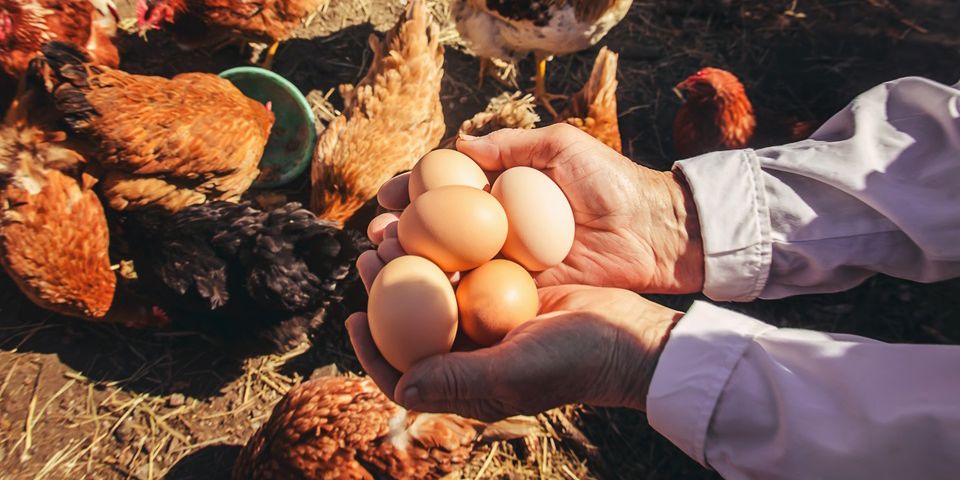The complete understanding of the power of compound interest is just a few paragraphs away. You are only going to need your imagination, and maybe a frying pan.
Say two neighbouring farmers farm super-chickens. They are called super-chickens because the eggs they lay, hatch very quickly and the chicks grow into adult chickens in the blink of an eye. Realistic? No, but here’s where your imagination comes in.
Now, say farmer A (let’s call him Abraham) starts by placing 100 chickens in his coop. At a “chicken rate” of 10% per year, at the end of the year, his coop not only houses the initial 100 chickens but ten more that were laid over the year. Abraham, however, takes out ten chickens and starts the next year again with 100 chickens. At the end of year two, he opens the coop door to see 110 chickens. Once again, he takes out ten, closes the door, and repeats this process.
After five years, Abraham has taken out five separate groups of ten chickens, and along with his original 100, he now boasts a whopping 150 chickens. He’s very proud and takes his wife out on a fancy date. They both eat steak; in case you were wondering.
Across the river separating the farms, farmer B (named Big Ben) places 100 chickens in his coop, but he has a different plan than Abraham. He won’t take out chickens at any time over the five year-period. At the same chicken rate of 10% per year, Big Ben’s coop contains 110 chickens after the first year, just like Abraham, but this is where things start to get interesting. He leaves the ten “additional” chickens in the coop, and at the end of the second year, 11 new chickens have been lain – not ten! This is because the ten additional chickens left in the coop after year one can also lay eggs. At the end of the second year, his coop holds the original 100 chickens and ten more from year one and 11 from year two: a total of 121.
After five years, Big Ben opens his coop door to find the chickens don’t have enough space to sit! There are simply too many. There is a total of 161.05 chickens in the coop (the frying pan is to catch the 0.05th of a chicken) all because Big Ben never took out any additional chickens. Compared to Abraham’s 150, that’s 11 chickens more over five years, without Big Ben breaking a sweat. He also takes his wife out on a fancy date and deposits the money he made from selling the additional 11 chickens in a bank account because he is a smart farmer, and he knows that saving is powerful.
Compound interest works exactly like the super-chickens above. Interest is earned on interest earned (think of the additional chickens in Big Ben’s coop) when money is left in a bank account. The longer the money is left in the bank, the more powerful compound interest becomes.
